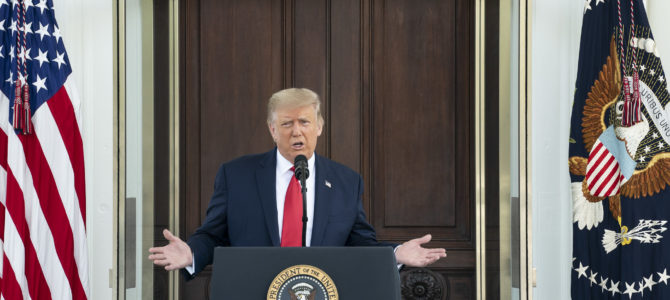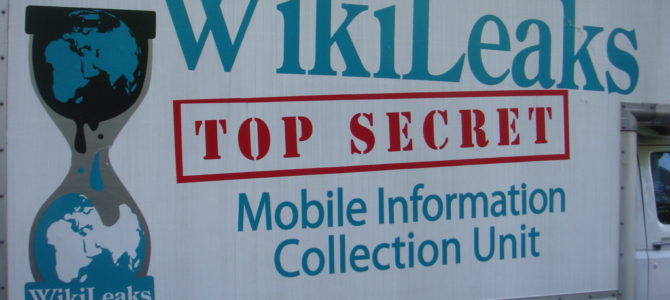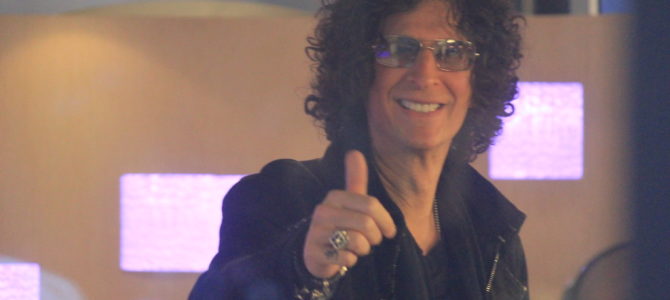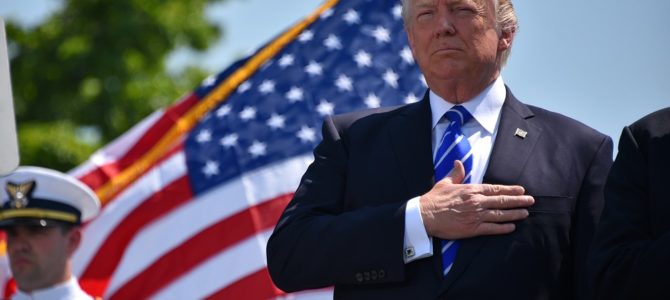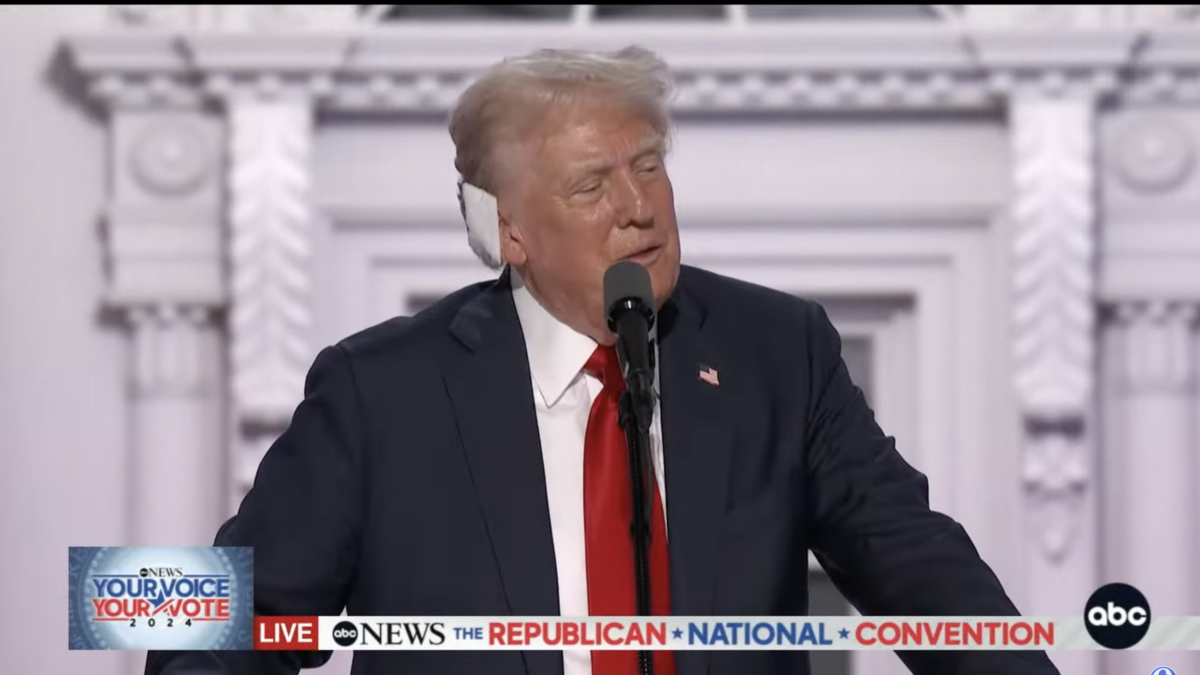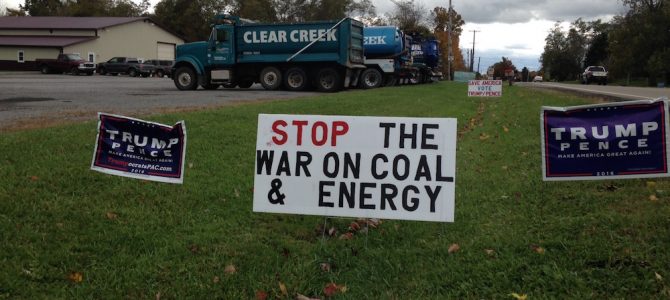
The most misunderstood story of 2016 is how Donald Trump won the industrial Midwest. Wisconsin, Michigan, and Pennsylvania hadn’t voted for a Republican since the 1980s, and most polls showed Hillary Clinton ahead by comfortable margins in those states. Ohio went for Obama in the last two presidential elections, as did Iowa. Trump won them all.
Over the past year, I spent time covering the election in three of these states, most recently in Ohio and Pennsylvania, writing about how party loyalties were shifting among working-class Democratic voters. Trump’s election was fueled by high voter turnout in rural and suburban communities in these Midwestern states, especially among former Democrats and Independents.
In Rust Belt towns that few national reporters bothered to visit, I didn’t find many racists or rednecks (some, but not many). The mainstream media caricature of angry blue-collar whites turning to Trump out of racial animosity and misogyny didn’t stand up to scrutiny.
Most of the people I spoke to were simply discouraged. Many were embarrassed at the state of their communities, which aren’t just struggling with deindustrialization but also with a horrifying heroin epidemic. Support for Trump in these places didn’t have much to do with a belief that he would fix these problems. Not many people in northeastern Ohio or western Pennsylvania really think Trump is going to bring back the steel mills or put coal miners back to work.
Their support for him has a different explanation: respect. Trump was the first national political figure in generations who saw them, acknowledged that they have been left behind, that their cities and towns are in a state of persistent decline, and promised to help out somehow.
When you’re used to being dismissed as bitter folks who cling to guns and religion, as President Obama did in 2008, or denounced as “deplorables” and “irredeemable,” as Hillary Clinton did during this election, respect goes a long way—even if there are no easy solutions, from Washington or anywhere else, to the problems that plague your town.
When the Tide of Prosperity Recedes
In northeastern Ohio, State Route 7 runs south out of Youngstown roughly parallel to the Pennsylvania border. When the road hits State Highway 30, it snakes down to the city of East Liverpool, which sits on a bluff overlooking a bend in the Ohio River. A hundred years ago, the city produced half of all ceramics made in America. It was known as the “pottery capital of the world.”
Just across the water is the northern panhandle of West Virginia, where former steel towns hug the river as it swings south. To the east is Pennsylvania’s Mon Valley, where the Monongahela River joins the Allegheny in Pittsburgh to form the Ohio River.
This is beautiful country, and driving through the rolling hills and woodlands in late October, it was easy to understand its appeal for the European immigrant workers who settled here a century ago, when it hummed with heavy industry and brought middle-class prosperity to people who had never known it.
It was also easy to understand how it could be forgotten by the rest of the country. Ever since the mills began closing in the 1960s and ‘70s, taking jobs and leaving behind hollowed out communities, the Rust Belt has been a byword for decline in America. But because the decline was limited to industrialized parts of the Midwest and Appalachia, the rest of the country simply moved on.
Many Midwesterners couldn’t or wouldn’t. They had invested in their communities and families here, and held on hoping for things to get better even as their towns and cities shrank over the years.
In the tiny town of Newell, West Virginia, just across the river from East Liverpool, I spoke to a married couple who own a chain of pizza shops that has been in business for 71 years—a rarity in any part of the country, but especially one that’s been ravaged by the closures of steel mills up and down the Ohio River. The wife, a woman in her sixties, recalled going to school as a kid in Weirton, West Virginia, just down the road. In the afternoons on the way home from school, traffic would back up for a half-hour on the highway because of the shift change at Weirton Steel, which used to be one of the world’s largest producers of tin plate products.
The Weirton mill, like steel mills and factories across the Midwest, is now a crumbling monument to long-gone days of industrial boom. It finally closed for good in 2003, around the time that nearby Wheeling Steel closed down. Nothing has come along to replace them.
“The jobs here are just gone,” she said. “I’ve lived here through the good times and now, the bad. It’s a beautiful place, and I know people who have invested everything here, built beautiful houses. But if you have no work, if there’s no industry, it just can’t last. It’s dying.”
The Cultural Revolution that Became a Political Revolution
The Midwest, a region once called the old Northwest Territory, bore the brunt of deindustrialization at the end of the twentieth century. America’s political elites responded with a shrug because they could afford to. The Democratic Party had secured these places during the Great Depression and the political realignments of the New Deal, and generations of steelworkers, coal miners, and every stripe of organized labor in those states reliably voted Democrat.
Until now. The battleground states that were supposed to decide this election—Florida, Nevada, North Carolina and others—played their important roles, but the surprise Tuesday night was the deeply misunderstood Midwest. Former Democratic strongholds swung to Trump because working-class whites rightly concluded that their party had left them a long time ago.
Clinton’s campaign assumed that the Obama coalition, which relied heavily on urban minority and suburban women voters, was permanent. Democrats saw little need to court blue-collar whites in places like western Pennsylvania, as Clinton did in 2008, or even acknowledge what’s happened there over the past 40 years. In a moment of utter tone-deafness back in March, Clinton even said at a town hall in West Virginia, “We’re going to put a lot of coal miners and coal companies out of business.”
Voters remembered that. Across eastern Ohio and rural Pennsylvania, political signs in town after town declared some version of, “Elect Trump, stop the war on coal.” Perhaps without fully realizing it, the Clinton campaign conveyed a blunt message to working-class whites across the region: we don’t care about you.
It doesn’t matter, at this point, that Trump doesn’t understand what’s really to blame for the plight of the industrial Midwest, or how to ameliorate it. What matters is that he showed our political and media elites what can happen when you reach out to Americans who have been left behind, whom the rest of country has not even tried to understand, and offer them some respect.


